

Assassin’s Creed: Brotherhood, the fast-tracked follow-up to last year’s Assassin’s Creed 2, is another step in the right direction for Ubisoft’s historical action franchise.
The installment furthers the story of Ezio Auditore da Firenze and, while Brotherhood continues to improve over previous episodes, the game still isn’t a perfect trip through fictional history.
Assassin’s Creed: Brotherhood starts immediately after the trippy conclusion of Assassin’s Creed 2, and offers a brief summary of the prior events in the series. The intro does a good job of re-acclimating returning players but might still leave any unindoctrinated gamers especially confused. Assassin’s Creed has a notoriously convoluted, though definitely interesting, overarching story – making it hard to appreciate the full experience, if you haven’t played the previous games. That said, Brotherhood has the most straightforward story in the series — so far. Since Ubisoft has already introduced Ezio, it’s easy to jump right into the action, as the assassin is forced to take on the corrupt Borgia family, recruit a team of assassins, and initiate a revolution in Rome.
Rome, which was briefly visited in the second game, is the central focus of Brotherhood, like Venice and Florence before it, the city is beautifully rendered for open world exploration. Unlike the earlier games in the series, which featured numerous cities, Rome is the primary area in the game (aside from a few brief side missions in other locales); however, as a result, Renaissance Rome provides an enormous and authentic looking sandbox for Ezio to explore — while also offering a more streamlined campaign.
Assassin Creed 2’s investment system is back as well but instead of merely fixing up Monteriggioni, in Brotherhood, you open Romans shops, renovate public works projects, and purchase landmark locales such as the Coliseum or the Pantheon. The investment system is better tied to the game world this round because shops are no longer a given, if you intend to purchase medicine you’ll still need a doctor — but if you haven’t invested in one nearby, you may have to travel half-way across the city to find one. In addition, the city’s scope is overwhelming at times and getting around can be a real pain, so opening services in every neck of the woods is a necessity.
To assist Ezio in navigating the massive Roma landscape, Ubisoft Montreal has included fast travel stations (which must also be renovated before use). If you don’t invest in these stations early, you’ll spend a lot of time running from place to place.
Complicating matters, for the better, are the Borgia towers. Before Ezio can invest in businesses in a certain area, he must first free them from control of the Borgia – by sneaking into one of the fortified encampments, killing a Borgia captain, ascending that tower – and setting it ablaze. The Borgia tower missions aren’t as carefully scripted, or as diverse, as the regular Assassin’s Creed story-assassinations but each one offers an enjoyable strategic challenge.
Returning players will especially appreciate these missions, as the campaign assassinations now force players into a much more scripted set of objectives, due mainly to the inclusion of new secondary objectives for each campaign mission – such as killing an assassination target with a certain weapon or making it through an entire assassination without being detected. These secondary objectives aren’t required, but players who are looking to get a greater challenge out of Brotherhood will find their options for each mission significantly constrained, adding replayability, but at the expense of one of the series’ greatest strengths — the multi-faceted experience of canvassing an area, stalking targets, and carrying out the assassination. Instead, Brotherhood directs the player to do things as Ezio did them — as opposed to having the player actually determining how their interpretation of Ezio would have approached a situation.
You can still neglect these secondary objectives; though, despite successfully completing the mission, you’ll be greeted with a harshly worded mission summary along the lines of: “Full Mission Synchronization Failed.” — which makes it hard to feel like you actually succeeded.
Additionally, some of these objectives are tied to one of the series’ greatest weaknesses — combat. The combat in Brotherhood is improved but it’s still one of the least satisfying aspects of the title. Ubisoft Montreal has put a greater focus on offense in the new game — by including breaker-moves, such as a kick, that knocks enemies out of their defensive stance, leaving them open for attack. In addition, Ezio can now engage in a series of execution moves that allow the player to build kill streaks. When Ezio successfully executes a guard, he can then quickly highlite another enemy, within reach, using the left analog stick to set the character up for another one-hit-kill (which he will perform when the player hits the attack button).
Stringing multiple executions together is extremely satisfying, as Ezio can now clear out a group of ten guards in a matter of seconds – gone are the slow-paced defense/counter battles of the prior games. That said, selecting targets mid-battle is still extremely difficult to control accurately and the combat still relies on turn-based/action hybrid mechanics (attacking enemies even have flashing indicators over their heads now). In general, the offensive attacks have definitely improved the experience but not enough to keep the combat from being extremely stiff.
Recruiting a brotherhood of assassins is a major focus of the game — in terms of the story as well as the gameplay. Ezio is charged with recruiting civilians turned would-be-assassins to the resistance — as well as sending them off to kill targets outside of Rome. Ezio does not participate in these missions but is responsible for ensuring that his assassins are prepared (leveled-up enough) to succeed. In addition, the assassins can also be called up to help Ezio — should he face overwhelming odds during the campaign. It’s a great addition to the experience, calling in assassins to take out suspecting guards on a roof, as you’re climbing a tower, adds a cool aspect to the Assassin’s Creed game world — which, prior, has been a pretty lonely endeavor.
However, given the emphasis on Brotherhood, it’s unfortunate that Ubisoft Montreal didn’t include any kind of co-op in the title — even if it had been limited to challenge rooms that allowed two people to play-through the Borgia tower missions (among other possibilities). The AI does a decent job, but lacks the incredible potential in adding a second player, who you can actually collaborate with, into the Assassin’s Creed mix.
Imagine this scenario: You work with a friend, who shimmies across rooftops silently killing archers, as you sneak over a fortified wall. You open a gate for your friend who drops into a basement area, where he poisons several guards — causing a scene and drawing the attention of guards in the tower. As the guards abandon their posts to check on the commotion, you sneak into the tower and assassinate the captain, who was left unguarded.
Certainly, it’s unfair to evaluate Assassin’s Creed: Brotherhood on what it could have been; however, the title does has a multiplayer component. Unfortunately the online play in only a mildly amusing, and tacked-on, experience so it’s hard to not think the developer’s time would have been better spent focused on adding a true sense of collaboration to the series’ strongest component — sneaking into a fortified area and assassinating a target.
That’s not to say there isn’t any fun to be had in the multiplayer. It’s an enjoyable experience for a couple rounds but, aside from die-hard Assassin’s Creed fans, it’s unlikely to compete for gamers’ time online. The concept is certainly entertaining: stalk and stealth assassinate your friends in the streets of Rome. However, most matches devolve into one-hit kill cat and mouse gameplay, where players are tasked mostly with catching their opponents off-guard — often resulting in a chain of kills where player one kills player two while player two is assassinating player three — because player two was trapped in an execution animation.
Brotherhood features perks, loadouts, and different game modes (objective based, team strategy, as well as solo action) but, in the end, the multiplayer isn’t particularly deep. It’s a creative attempt, especially in the FPS saturated multiplayer landscape, but it doesn’t offer enough variety (or a big enough community) to be a worthy addition for most players. Certainly there will be a number of gamers who hone their skills and dominate the leaderboards but, for ninety percent of players, multiplayer will be a fun but forgettable free-for-all — one they’ll only visit a few times.
Despite a forgettable multiplayer component, Brotherhood’s single player campaign offers a robust package with some truly epic moments – as well as some extremely frustrating ones (we’re looking at you flying machine 2.0). Each campaign mission is replayable (a no brainer that should have been present in the first game) and tackling all of the secondary objectives in the campaign missions as well as achieving gold medals in the game’s Virtual Training mode will provide plenty of challenge for players who want to dig deep into the title’s offerings. In addition, there are several collectibles: Borgia flags, Romulus tombs, feathers, as well as hidden glyphs, to encourage players to scour the virtual Roman cityscape.
For anyone who enjoyed Assassin’s Creed 2, there’s no doubt that Brotherhood will be a satisfying experience worth the full retail price. However, for players expecting a fresh installment in the franchise (or a robust multiplayer experience), Assassin’s Creed: Brotherhood may cause them to feel a bit like Desmond — with a too familiar sensation of deja vu.
Follow us on Twitter @benkendrick and @gamerant and let us know what you thought of the game.
Assassin’s Creed: Brotherhood is in available now on PS3 and Xbox 360 – as well as PC in 2011.
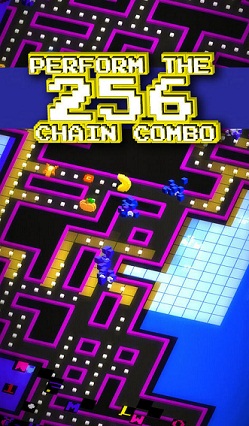

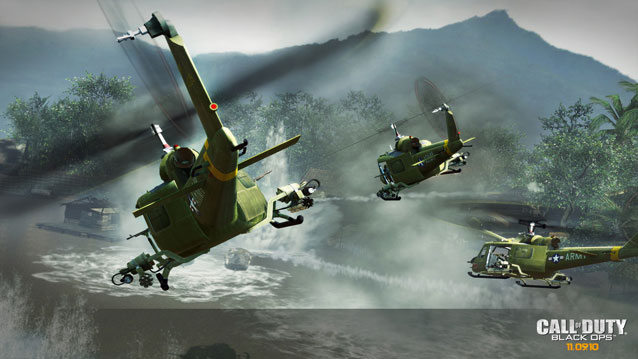
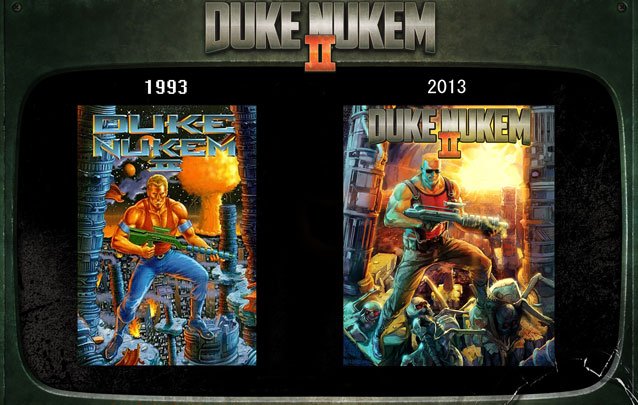
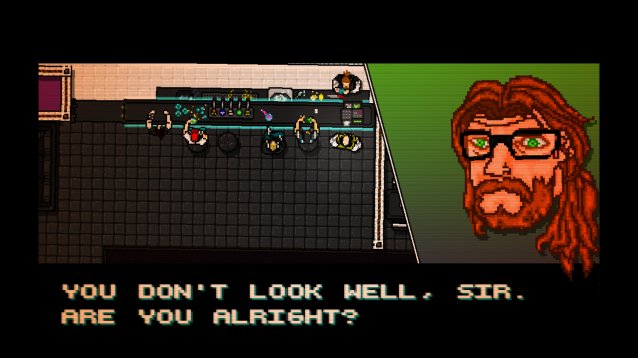 BREAKING: Fork Parker Reveals Hotline Miami not part of Bad Boys franchise
BREAKING: Fork Parker Reveals Hotline Miami not part of Bad Boys franchise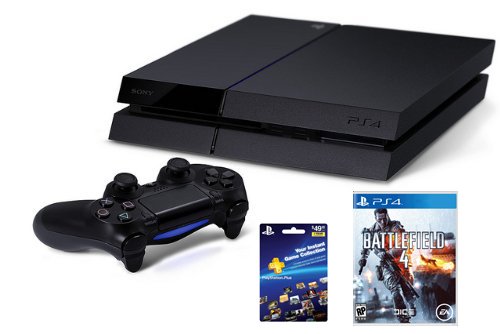 Amazon Goes Above and Beyond, Offers Free Game For PS4
Amazon Goes Above and Beyond, Offers Free Game For PS4 The 3rd Birthday Secret Costumes and Unlockables Guide
The 3rd Birthday Secret Costumes and Unlockables Guide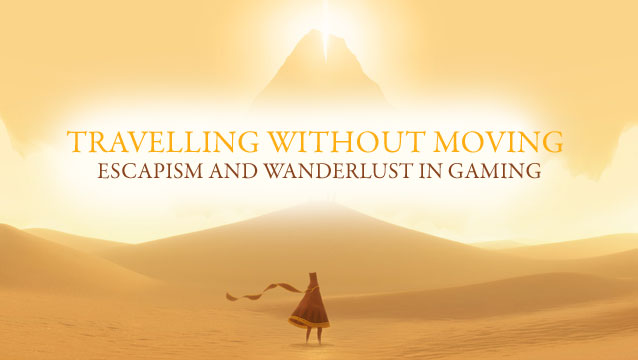 Travelling Without Moving: Escapism and Wanderlust in Gaming
Travelling Without Moving: Escapism and Wanderlust in Gaming How to summon a friend in Dark Souls 2
How to summon a friend in Dark Souls 2